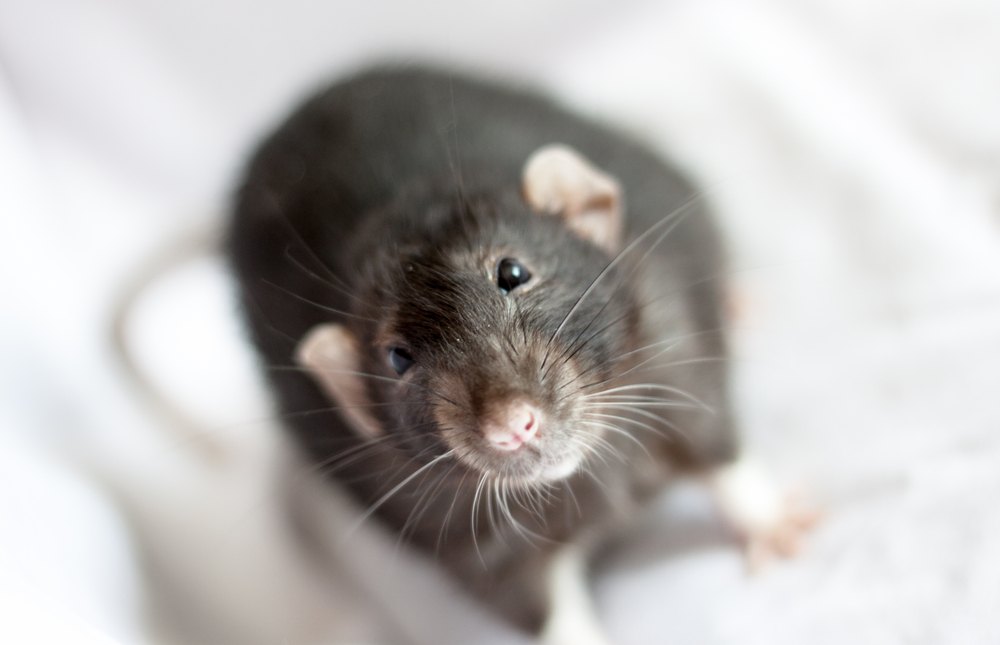UBE3A Gene Reactivation Restores Neuron Physiology, But Not Behavioral Defects
Written by |

Neuron activity is impaired in nerve cells located in a specific brain region of genetically engineered mice that lack the UBE3A gene. This activity can be restored upon UBE3A reactivation in the brain of adult animals, a mouse study reveals.
The study, “Adult Ube3a gene reinstatement restores the electrophysiological deficits of prefrontal cortex layer 5 neurons in a mouse model of Angelman syndrome,” was published in The Journal of Neuroscience.
Angelman syndrome is a genetic neurological disorder caused by the loss or malfunction of the maternal copy of the UBE3A gene in neurons from specific regions within the brain. This gene provides instructions to make an enzyme called ubiquitin protein ligase E3A (UBE3A), which normally targets other proteins to be destroyed.
Previous studies already demonstrated that the loss of UBE3A seems to have a distinct impact on neurons from different regions of the brain. Magnetic resonance imaging (MRI) in Angelman syndrome patients has revealed significant alterations in the volume of gray matter (one of the main components of the brain) in the prefrontal cortex (PFC) — a region of the brain responsible for language comprehension, decision making, planning and reasoning. Human PFC is the functional equivalent to the medial prefrontal cortex (mPFC) in mice.
Since previous studies already reported functional alterations in the PFC/mPFC are strongly associated with neurodevelopmental disorders such as austism spectrum disorders (ASDs), researchers now wanted to understand whether the loss of UBE3A in specific regions of the mPFC could also induce such functional alterations.
The team recorded the activity of neurons from the mPFC region in brain slices cultured in a lab dish. Slices were obtained from genetically modified mice lacking the UBE3A gene that could be reactivated upon the administration of a specific substance. This substance removes a DNA fragment present within the UBE3A gene that usually prevents it from being transformed into a protein.
Neuron activity recordings revealed a strong decrease in inhibitory nerve signals and an increase in excitatory stimuli, leading to a severe imbalance in the excitation/inhibition responses in these groups of neurons.
Excitatory and inhibitory neural signals are the “yin and yang” of the brain. Excitatory signaling from one nerve cell to the next makes the latter cell more likely to fire an electrical signal. Inhibitory signaling makes the latter cell less likely to fire. This is the basis of communication between nerve cells in the brain.
Surprisingly, when researchers induced the reactivation of UBE3A in the brain of adult animals, they fully restored all physiological impairments previously described in mPFC neurons. Moreover, this timely reactivation of the gene preceded the production of the corresponding protein.
This last finding was unexpected, given that in a previous study conducted by the same group of scientists, reactivation of UBE3A in adult animals failed to restore behavioral defects linked to the loss of UBE3A.
“There are at least two possible explanations for the observed mismatch between the time course of reversibility for the cellular and behavioral deficits in the AS mouse model: i) The previously observed behavioral deficits in AS [Angelman syndrome] mice might be independent of mPFC (…); ii) The observed behavioral deficits indeed depend (at least in part) on mPFC functioning, but certain aspects of mPFC functioning (not identified in this study) are not rescued by adult gene reinstatement,” researchers said.
Together these findings indicate that UBE3A gene reactivation is able to restore neuron physiology in the brains of adult animals, but not behavioral defects associated with the loss of UBE3A.
“[O]ur findings also highlight the utility of our UBE3A inducible AS [Angelman syndrome] mouse model to study the pathophysiology [disease development] of AS, to identify biomarkers and treatments, and to establish the optimal period for therapeutic intervention. Our data further highlight the need to identify physiological changes that are directly related to the behavioral changes,” the authors wrote.





